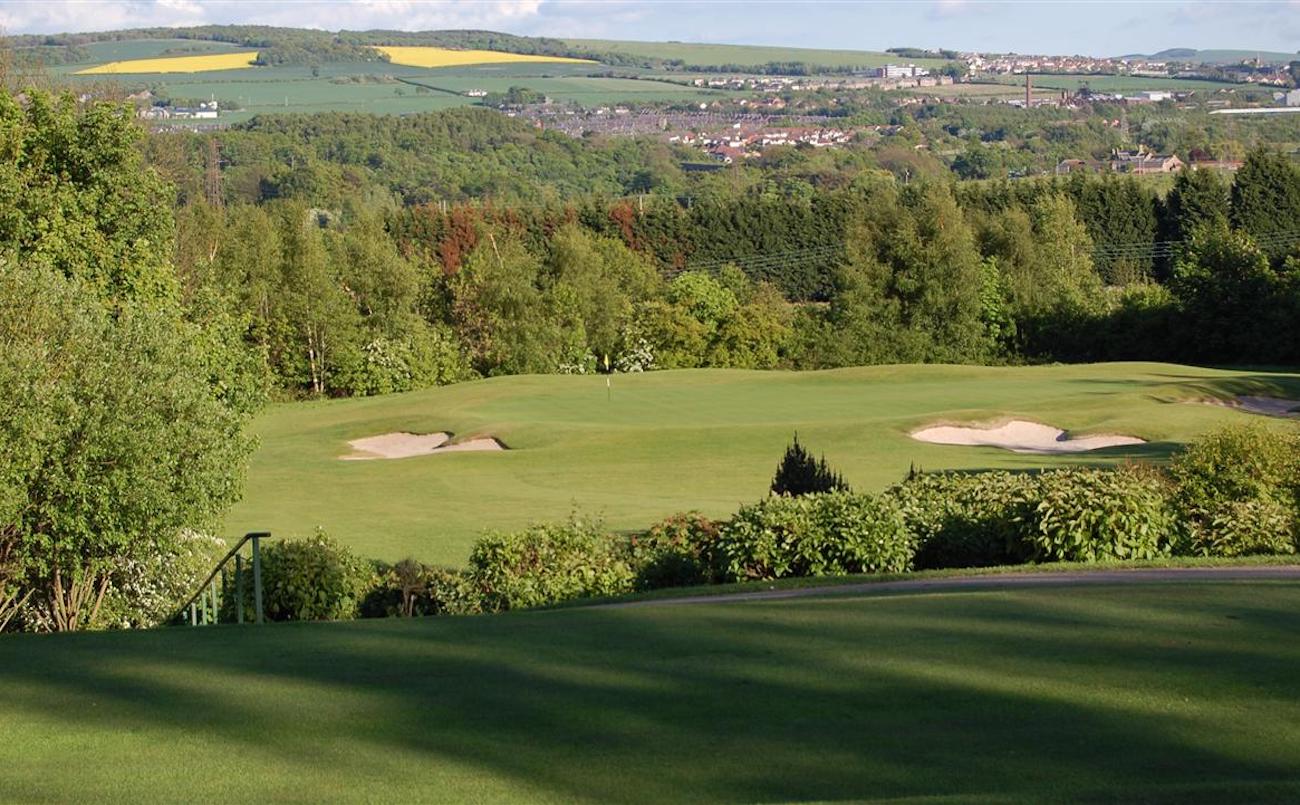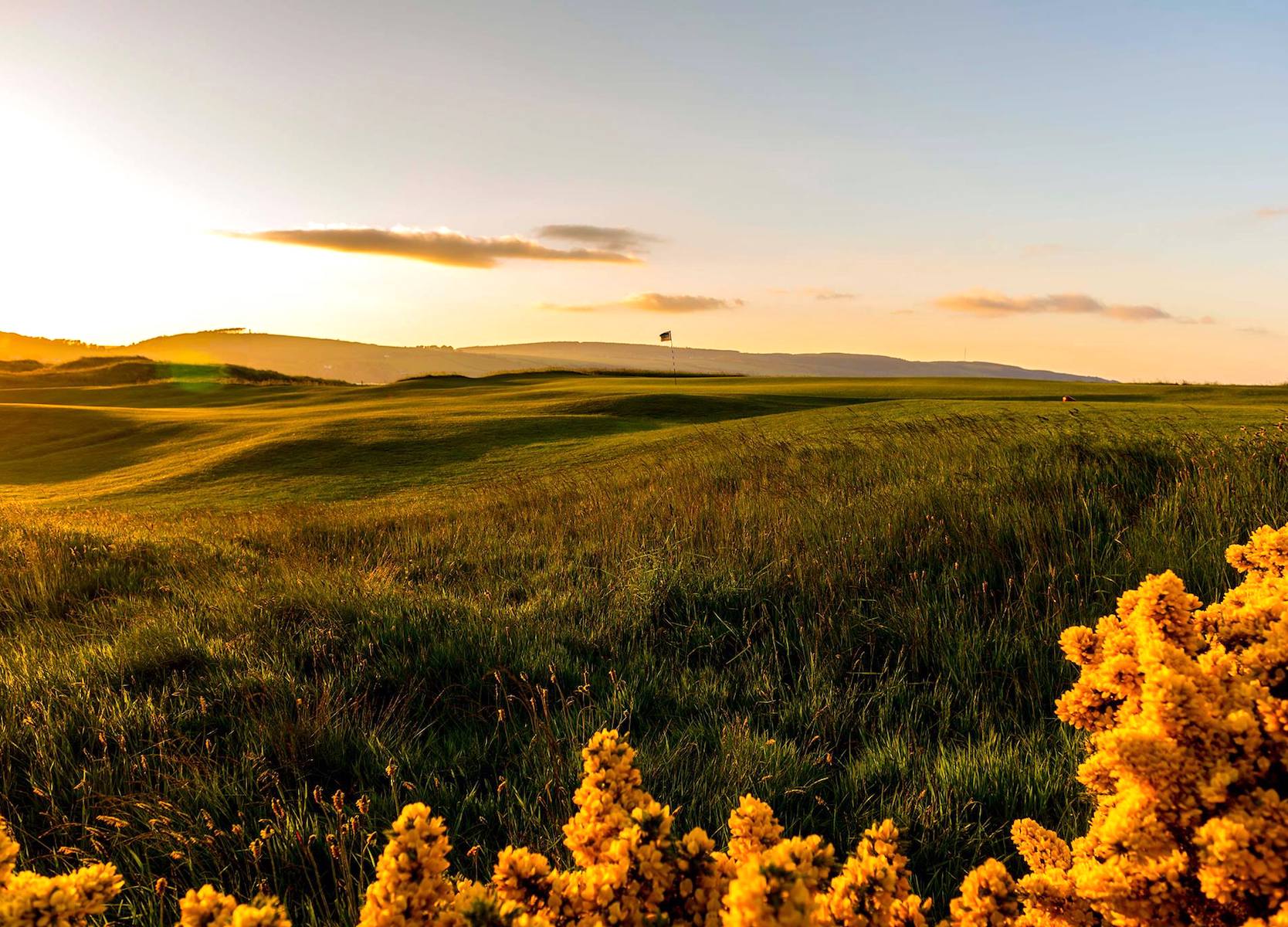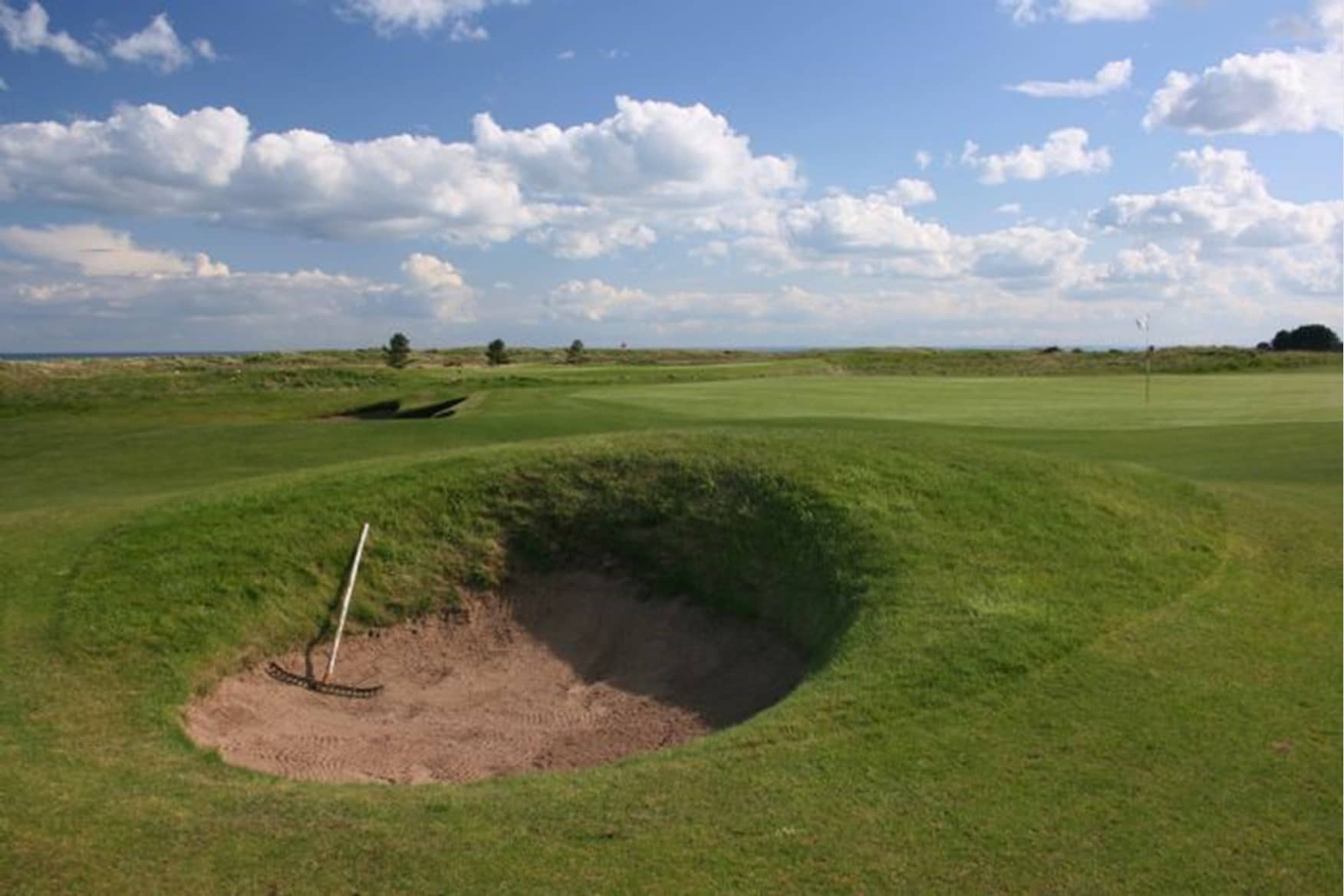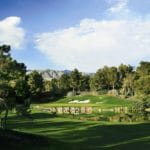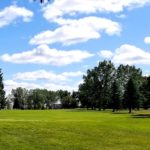When arriving at Carnoustie Golf Links the first thing you notice is the large white hotel, the Carnoustie Golf Hotel, an Oxford property. The pro shop used to be in the hotel, but was moved when a new clubhouse was built.
The new clubhouse is a unique structure architecturally. Inside is a nice open center area with many windows. The pro shop is very well appointed with a ton of fantastic Carnoustie apparel, accessories, and golf gear. As you walk in, there’s a display of showing the Claret Jug and a tribute to the seven Open Championships played there.
There are actually three golf courses on the property, the famous one being the Championship Course (this ancient links dates to 1842). The other two courses are the Burnside and the Buddon.
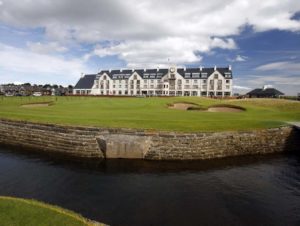
Championship Course
The Championship Course has hosted seven Open Championships, one Ladies Open and one Seniors Open making it one of the very few to have done so in the UK. It is one of the three courses used for the annual Dunhill Links, the others being Kingsbarns and the Old Course in St Andrews. The Open Championship will return to the Championship Course in 2018 at Carnoustie Golf Links. Generally regarded as the toughest of the Open venues for those who understand the game a little more will know it is probably the fairest too. Without doubt though Carnoustie Championship Course does have the toughest closing stretch of holes anywhere and those finishing the final four holes with no more than a bogey should be suitably content with their play.
The 15th, 16th and 17th are considered the world over to be three of golf’s very best closing holes. “Lucky Slap”, the 15th, is a 460-yard par four, where the fairway slopes from left to right into the path of two waiting bunkers and the approach shot must avoid a cluster of three bunkers sited to the right of the green. “Hardest par three in golf; downwind it is difficult, into an easterly wind it is practically impossible”, according to the yardage guide. We won’t argue because the 16th, called “Barry Burn”, measures 245 yards from the white tees; for the ladies it’s a short par four measuring 212 yards. The 17th is a complete conundrum, called “Island” because the Barry Burn snakes in front of the tee and then loops back, cutting across the fairway. Into the prevailing wind, it is tough to know what to do on this brutal 400-yard-plus par four.
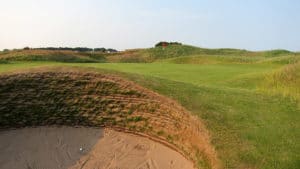
Carnoustie isn’t the most scenic golf course—rarely do you catch sea glimpses—but it is incredibly tough, even from the forward tees. Bring your “A” game here and pray for the weather to be kind. But be aware that should you plan to play Carnoustie in the winter (Nov-Mar), mats are required on the fairways and the first cut of rough
Burnside Course
The Burnside is often overshadowed by its illustrious neighbour but it oozes character and from the back tees is a splendid test of golf.
Many of the short holes would compare with any Championship Course anywhere with the 5th and 14th in particular providing dramatic challenges for the player who strives to gain his par 3.
The finish is also strong with the 17th proving to be one of the hardest par 4’s that can be found anywhere in golf and many a score has been ruined by the out of bounds fence at the 18th. The 17th as we said is one of the great par 4’s of any course at Carnoustie and one which would easily grace the Burnside’s more illustrious neighbour, the Championship course. The drive must be struck long and straight in order to get close enough to the Barry Burn to allow the player to get home with the second shot. Too far however and the ball will disappear into one of the folds of the burn. Once the drive is safely on the fairway the player then has to face a second shot of well over 200 yards crossing the Barry Burn twice in order to reach the green. Although not too difficult if played as a 5 a par 4 here is a magnificent result.
It was here in 1953 where the great Ben Hogan shot 70 to help him qualify for the Open Championship which he subsequently won.
Buddon Links Course
The newest of the three courses at Carnoustie originally designed by Peter Alliss and the late Dave Thomas the course was opened in 1979. Since then many changes have taken place including the most recent $1m investment in two new holes bringing the course up to a very testing par 68.

